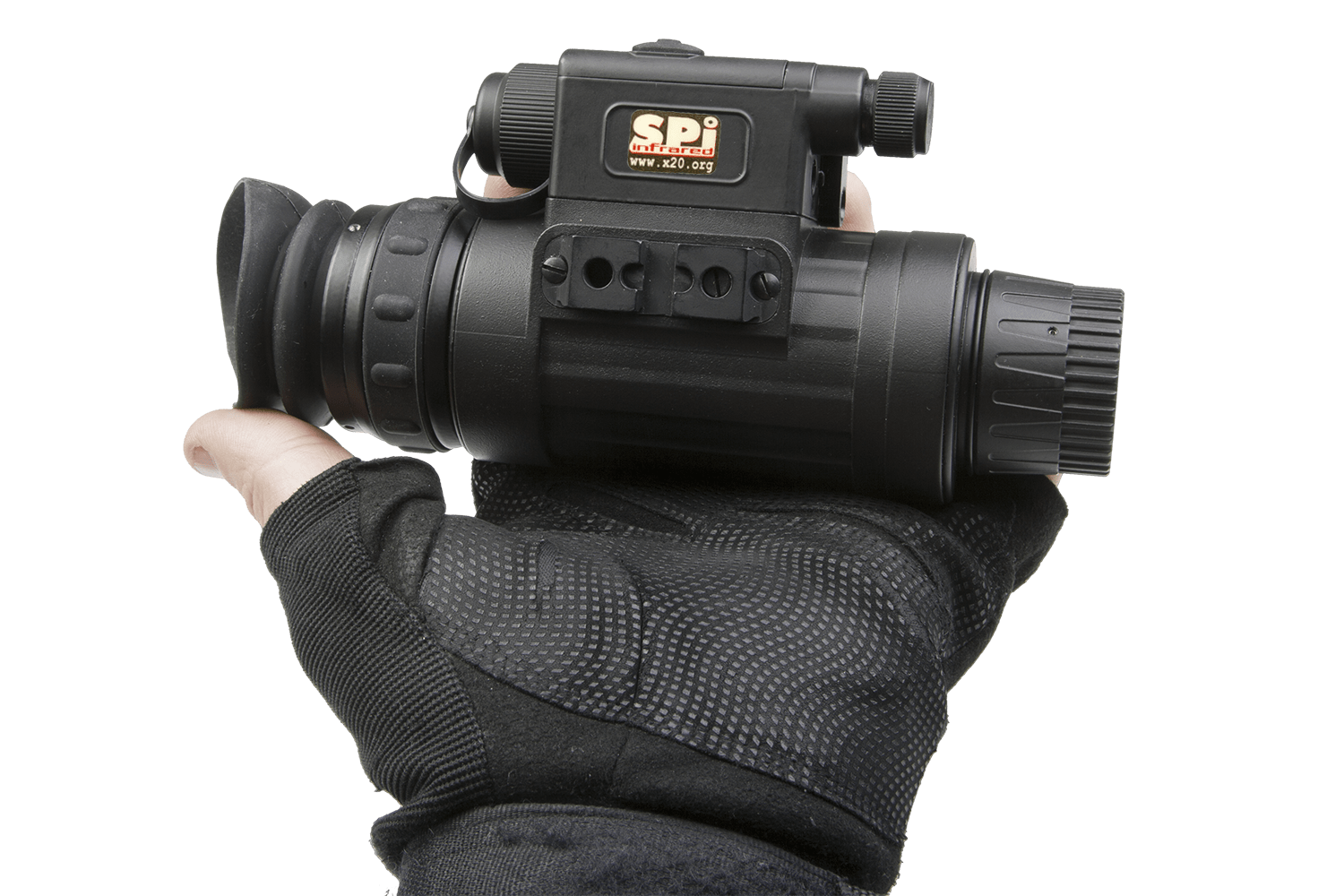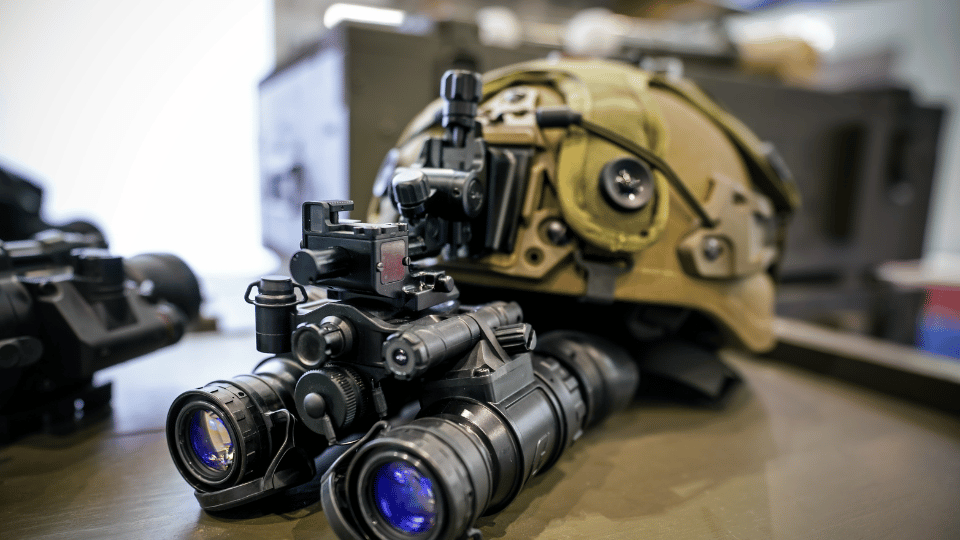Introduction

The evolution of night vision technology is a testament to our unending quest to conquer the night. Following the genesis of Generation 0 in World War II, the advent of Generation 1 in the 1960s, and the leaps made with Generation 2 in the 1970s, the dawn of Generation 3 (Gen 3) during the 1990s marked a seminal moment in the history of night vision.
With unprecedented advancements, Gen 3 ushered in a new era of nocturnal observation and surveillance. This exploration of Gen 3 will reveal its technological marvels, its comparison to Gen 2, and its ongoing influence on night vision technology.
The Birth of Gen 3

The introduction of Gen 3 during the 1990s marked a transformative moment in night vision technology. The principle innovation of this generation was the introduction of a gallium arsenide (GaAs) photocathode, which vastly improved the efficiency of the image intensifier tube. This resulted in clearer, brighter images, setting new standards for night vision performance.
Inside the Gen 3 Technology

At the core of a Gen 3 night vision device is a carefully engineered image intensifier tube, not dissimilar to its predecessor, Gen 2. However, Gen 3’s innovative GaAs photocathode revolutionized the process. The GaAs photocathode is incredibly sensitive to light in the infrared spectrum, providing a marked increase in photoelectrons and thereby resulting in a significantly improved signal-to-noise ratio. This ratio is a critical factor in creating clearer, noise-free images, even in extremely low-light conditions.
Gen 3 Vs. Gen 2: The Evolution

When comparing Gen 3 to Gen 2, the most striking difference lies in the performance. Thanks to the GaAs photocathode, Gen 3 devices provide a considerable increase in image resolution and light amplification. This enhanced sensitivity extends the effective range of these devices, offering superior detail recognition at greater distances.
Further, Gen 3 devices outlast their predecessors in terms of longevity. Gen 3 tubes often have a lifespan of around 10,000 hours, a significant jump from Gen 2’s 5,000-hour average.
The Limitations of Gen 3
For all its technical prowess, Gen 3 is not without limitations. The most notable of these is cost. The complex manufacturing processes and high-quality materials used in Gen 3 devices make them significantly more expensive than Gen 2 models. As such, they may be inaccessible to casual users or hobbyists.
Another consideration is weight. While the devices have become more compact over time, the addition of features and functionalities can lead to a heavier device, impacting the portability somewhat.
The Gen 3 Legacy

Despite these limitations, Gen 3’s impact on night vision technology is irrefutable. It remains the benchmark for high-performance night vision, its technology influencing numerous sectors from military operations to wildlife observation.
Moreover, even though subsequent developments have led to the emergence of Gen 4, Gen 3 continues to dominate the night vision market. Its performance and longevity make it an ideal choice for serious users who require superior night vision capabilities.
Conclusion
Generation 3 marked a significant leap forward in the journey to master the night. It pushed the boundaries of what was possible, ushering in a new era of clarity and performance. Its comparison with Gen 2 underlines the rapid progress we’ve made in a relatively short time. Even as we march into the future with Gen 4 and beyond, the impact of Gen 3 night vision continues to resonate, highlighting our tireless pursuit of innovation and improvement in our quest to illuminate the darkness.
